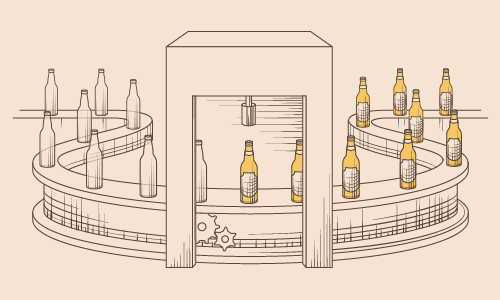Production
Milling the grain
Grains of barley, called malt, are crushed together with hammer mills to break apart the kernels in order to extract fermentable sugars to produce a milled product called grist.
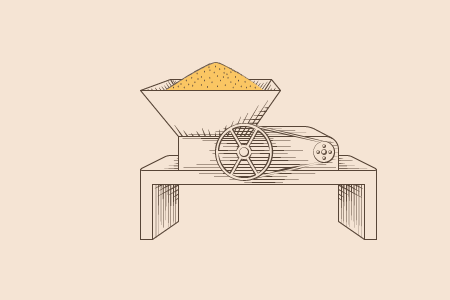
Mashing
Mashing is the process of combining milled grain and water and heating this mixture at various temperatures in a vessel called a “mash tun”. Mashing allows the enzymes in the malt to break down the starch in the grain into dextrins and sugars, typically maltose, to create a malty liquid called wort. The end product of mashing is called a “mash”.
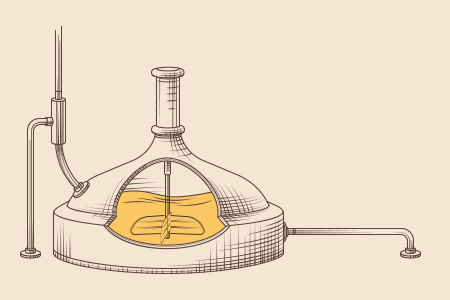
Lautering
Lautering is the process of separating of the wort (the liquid containing the sugar extracted during mashing) from the grains. The liquid from the mash is transferred into a lauter tun. The solid remains of the grain are dried and sold by the brewery as animal feed.

Boiling with hops
After mashing, the beer wort is boiled with hops in a large tun known as a brew kettle. During the boiling process chemical reactions take place, including the release of hop flavors, bitterness and aroma compounds through isomerization.
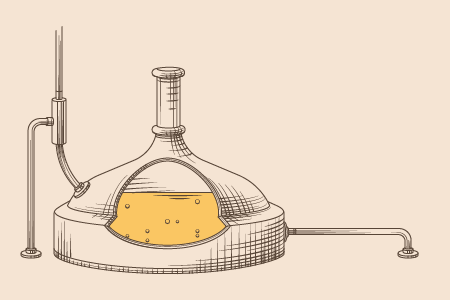
Wort separation and cooling
At the end of the boil, the hopped wort settles to clarify in a vessel called a “whirlpool” or “setting tank” where the more solid particles in the wort are separated out. After the whirlpool, the wort must be brought down to fermentation temperatures before yeast can be added.
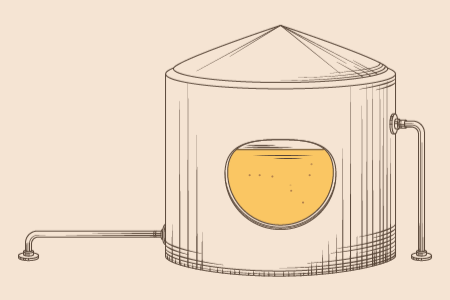
Fermenting
To start the fermentation, yeast is added during the filling of the vessel. Yeast converts the sugary wort into beer by producing alcohol, a wide range of flavors, and carbon dioxide which is used later in the process to give the beer its sparkle.
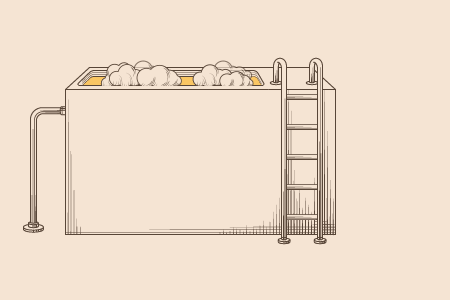
Conditioning
After fermentation, the young “green” beer needs to be conditioned or matured for 28-30 days to allow for the full development of flavors and a smooth finish.
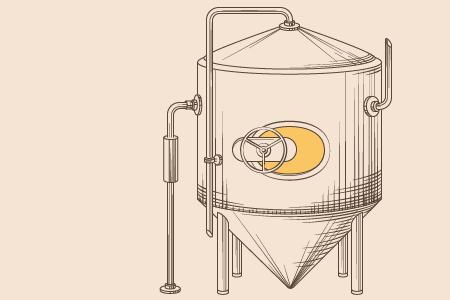
Filtering
Filtering is the process when yeast and any solids (such as hops and grain particles) left in the beer are removed. Filtering the beer stabilizes the flavor, and gives the beer its polished shine and brilliance.

Packaging
At the final stage, beer is put into 0.5l glass bottles, 1l PET bottles and kegs. Each batch of beer undergoes the microbiological control to guarantee a high-quality finished product.
